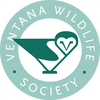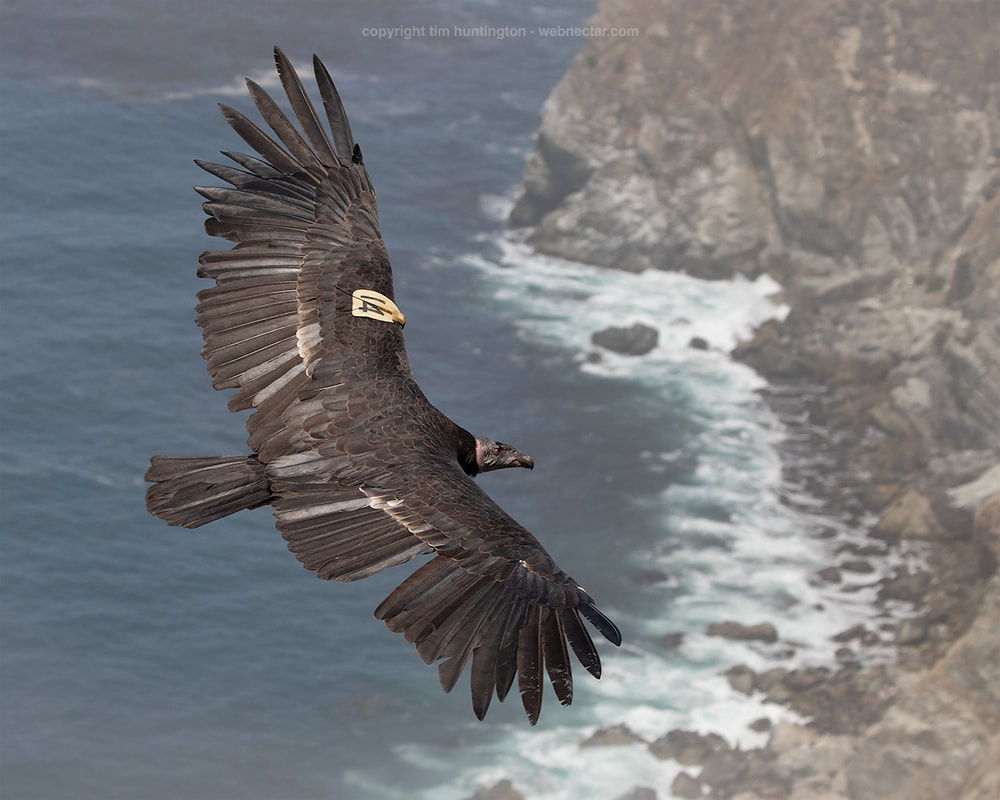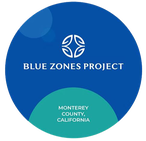Loading bio data
Pasquale (914) was raised in a remote redwood tree cavity by experienced, and rather famous, parents - Kingpin (167) and Redwood Queen (190). This nest was special - it was outfitted with a discrete camera, which broadcast explore.org live video of Pasquale (914) to anyone who wanted to watch! This not only saved us a considerable amount of time and effort, but also allowed countless viewers to observe and connect with this little condor chick as he grew and played.
Pasquale (914) hatched on Easter Sunday in 2018. Students, Madeline, age 10, and her sister Anja, age 7, were researching condors and viewed this chick on the explore.org live streaming condor cam. They wrote to VWS Senior Wildlife Biologist and California Condor Recovery Program Manager, Joe Burnett, and suggested naming this condor "Pasquale" as it means Easter in French and Italian. The hatching of this condor on Easter Sunday couldn't have been more fitting, for on this holiday back in 1987, the last wild condor was captured and taken into captivity. After soaring the skies for thousands of years, condors were absent from the wild for the first time.
Now, 31 years later, condors have been reintroduced to the wild and are thriving - foraging, nesting, and reproducing on their own. This would not be possible without the hard work of captive breeding programs that pioneered techniques to breed and raise California Condors in captivity. Ventana Wildlife Society, along with our partners at Pinnacles National Park and the U.S. Fish and Wildlife Service, has been releasing captive-raised condors into the wild since 1997 with great success.
Since leaving the nest in the fall of 2018, little Pasquale (914) has become more confident and independent, spending more time with his fellow juvenile condors and exploring the central coast.
Pasquale (914) hatched on Easter Sunday in 2018. Students, Madeline, age 10, and her sister Anja, age 7, were researching condors and viewed this chick on the explore.org live streaming condor cam. They wrote to VWS Senior Wildlife Biologist and California Condor Recovery Program Manager, Joe Burnett, and suggested naming this condor "Pasquale" as it means Easter in French and Italian. The hatching of this condor on Easter Sunday couldn't have been more fitting, for on this holiday back in 1987, the last wild condor was captured and taken into captivity. After soaring the skies for thousands of years, condors were absent from the wild for the first time.
Now, 31 years later, condors have been reintroduced to the wild and are thriving - foraging, nesting, and reproducing on their own. This would not be possible without the hard work of captive breeding programs that pioneered techniques to breed and raise California Condors in captivity. Ventana Wildlife Society, along with our partners at Pinnacles National Park and the U.S. Fish and Wildlife Service, has been releasing captive-raised condors into the wild since 1997 with great success.
Since leaving the nest in the fall of 2018, little Pasquale (914) has become more confident and independent, spending more time with his fellow juvenile condors and exploring the central coast.







